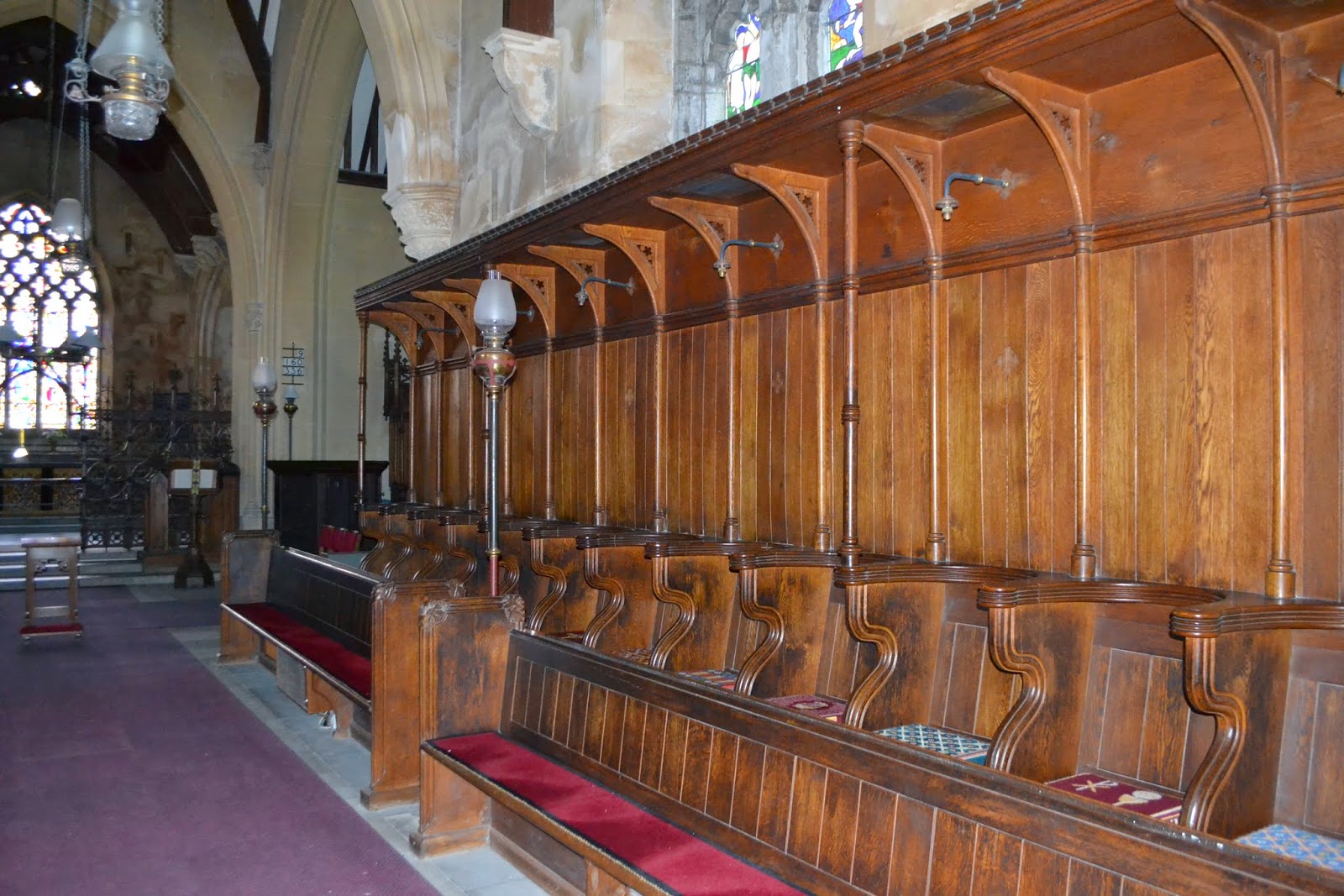 |
| The Heritage Minister, John Griffith was unable to come at the last minute, but the Rev. Andrew Jones, Archdeacon of Meirionyddshire, was a more than able replacement. |
 |
| This is one of the first events to be held in the new Porth y Swnt complex, a part open air timber structure at the rear called "The Fold". |
The North Wales Pilgrim’s Way which stretches for 240km across the region has been officially launched at Porth y Swnt, Aberdaron.
The path linking St Winefride’s Well at Holywell to Bardsey Island makes full use of existing footpaths and sections of the Wales Coastal Path. Following in the footsteps of centuries of pilgrimages to Bardsey, the path is an opportunity for modern day pilgrims to follow the path whilst visiting many interesting historical sites along the way and to marvel at the area’s natural environment.
The North Wales Pilgrim’s Way is a part of the Our Heritage project, a part of Cadw’s Heritage Tourism Project partially funded by the European Regional Development Fund through the Welsh Government. The Our Heritage project aims to maximise the economic and cultural value of north Wales’ local heritage by working towards ensuring that visitors and local communities have lasting experiences by bringing local heritage and history alive and relevant to today’s population.
Councillor John Wynn Jones, Gwynedd Council Economy Cabinet Member said:
“The North Wales Pilgrim’s Way was developed in partnership between the Our Heritage project and the North Wales Pilgrim’s Way Volunteers. This is a great example of different establishments working together across north Wales towards the same common goal of attracting more visitors to the region whilst promoting its rich history.
“I’m confident that the North Wales Pilgrim’s Way will attract many more visitors to the area, as does the Camino de Santiago in Spain every year which inspired the re-establishment of this historical route.”
The official launch at Aberdaron was part of a series of events held across north Wales on 10 July to celebrate the official opening of the North Wales Pilgrim’s Way including events at Basingwerk Abbey in Flintshire, St Asaph Cathedral and Bangor Cathedral.
Councillor Dewi Owen, Gwynedd Council Chairman who opened the official launch at Porth y Swnt added:
“I was extremely glad to take part in the launch of the North Wales Pilgrim’s Way, as the Pilgrim’s Way is a great opportunity to showcase some of North Wales’ most remote and beautiful countryside and historical sites.
“I hope the improvements to sections of the path and the instalment of digital hubs will encourage walkers and modern day pilgrims to follow the historical path all the way from Holywell to Bardsey, just as so many have done before them.”
A series of digital hubs have been developed and installed at many locations along the route of the Pilgrim’s Way. These hubs will display the new Pilgrim’s Way website and information about local history of the surrounding area.
From now until the end of August, an exhibition of work by local school children to develop stamps for the Pilgrim’s Passport will be shown at Oriel Pendeitsh, Caernarfon.
For more information about the North Wales Pilgrim’s Way, maps and route description from Holywell to Bardsey visit: www.pilgrims-way-north-wales.org
To learn more about the Our Heritage project visit www.snowdoniaheritage.info or contact the Our Heritage team by emailing OurHeritage@gwynedd.gov.uk or phone 01286 679194.


















































